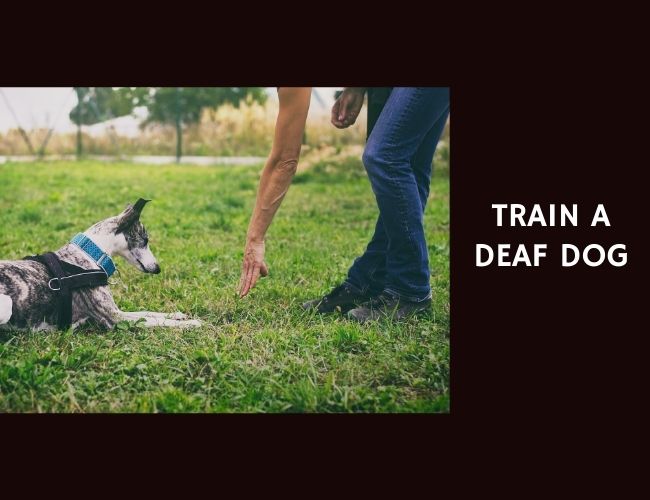Dogs have assisted humans in search-and-rescue (SAR) roles for centuries, with documented use as early as the 1800s and anecdotal accounts dating back even further. A review published in September 2004 in the Journal of the American Veterinary Medical Association provided an overview for veterinarians of the traits, training, and roles of SAR dogs.
Modern SAR training in the United States is rooted in military dog programs of World War II, when ambulance and Red Cross dogs located the wounded and delivered supplies on battlefields. Since then, more than 150 SAR teams have been established in North America, with most composed of volunteer handlers working alongside their own dogs.
While many SAR dogs come from working, herding, retrieving, and sporting breeds, dogs of nearly any breed, including mixed breeds, can succeed if they possess the right traits. Key predictors of success include high levels of hunt drive, prey drive, and ball drive. A dog with strong hunt drive will persistently search for hidden objects; prey drive fuels enthusiasm for pursuit; and ball drive reflects focus and motivation through play. Together, these qualities underpin a dog’s willingness to search tirelessly until a victim is located.
Good SAR candidates also exhibit stable temperaments, intelligence, inquisitiveness, and trainability. They rely primarily on scent rather than visual cues to identify targets, making them well-suited to varied environments such as disaster zones, crime scenes, or wilderness searches. However, the same high-drive qualities valued in SAR work often make these dogs poorly suited to sedentary lifestyles, leading to their surrender to shelters—where they may later find purpose in SAR roles.
The review concluded that veterinarians, trainers, and handlers should recognize the behavioral and physiological needs of SAR dogs to maximize their effectiveness and wellbeing. With proper training, management, and outlet for their energy, these dogs become indispensable partners in saving human lives.
Source: Jones, K., Dashfield, K., Downend, A. B., & Otto, C. Journal of the American Veterinary Medical Association, September 2004.










